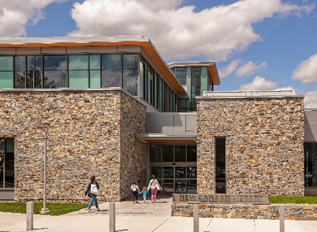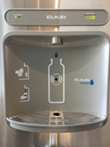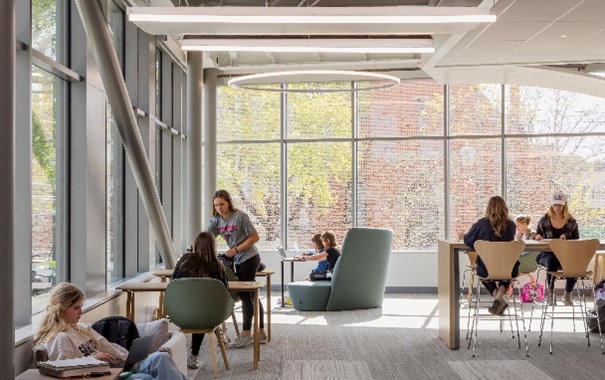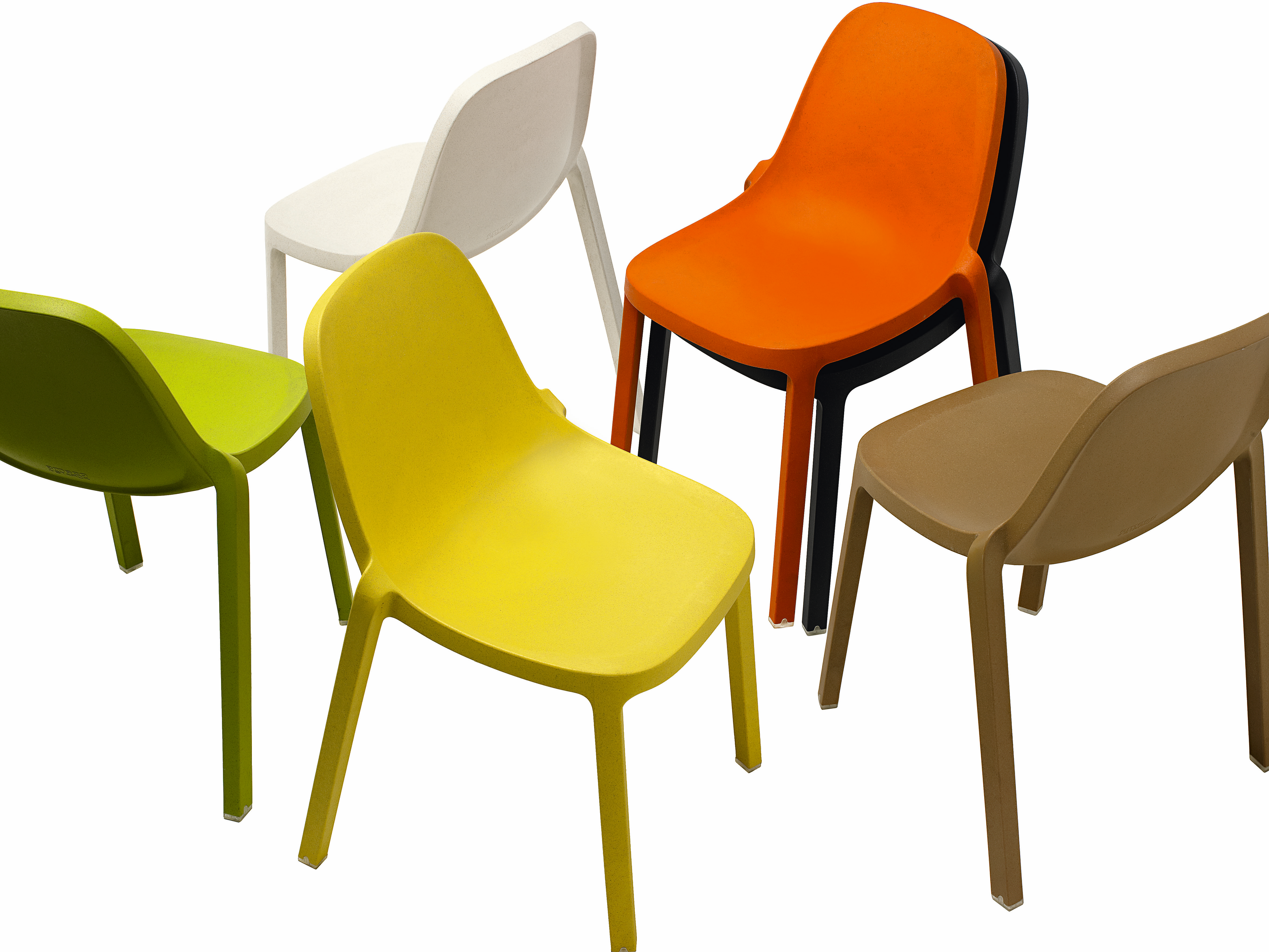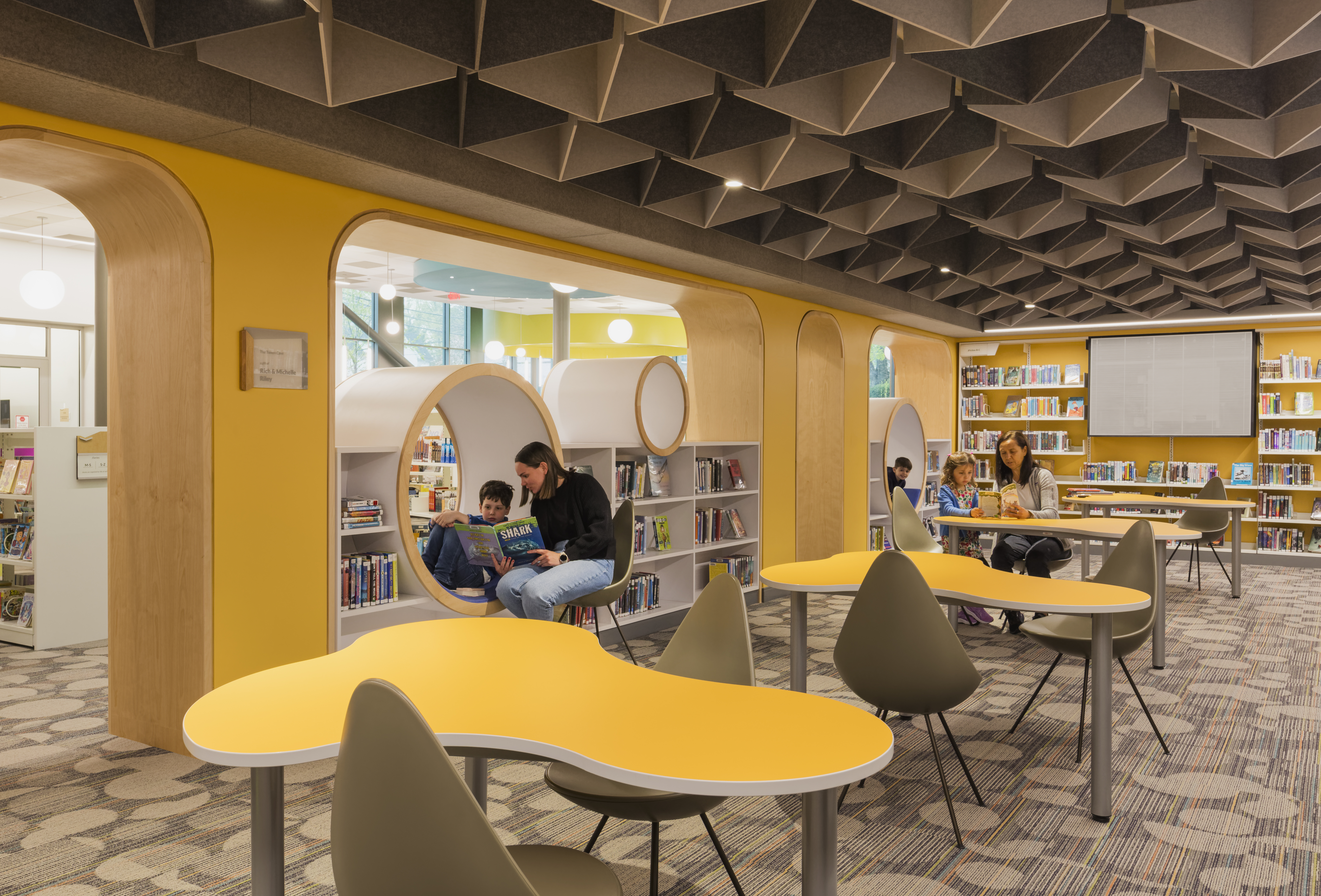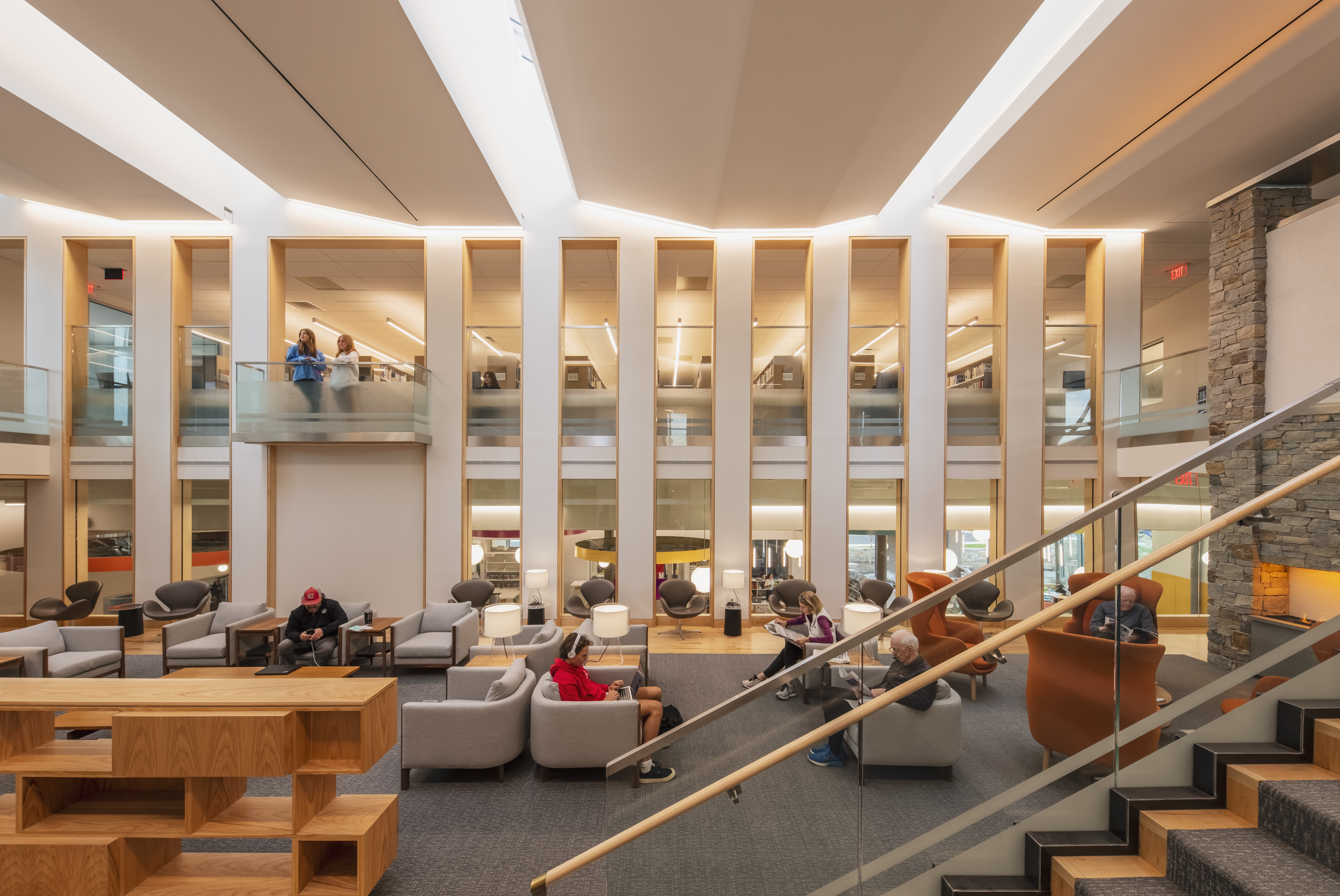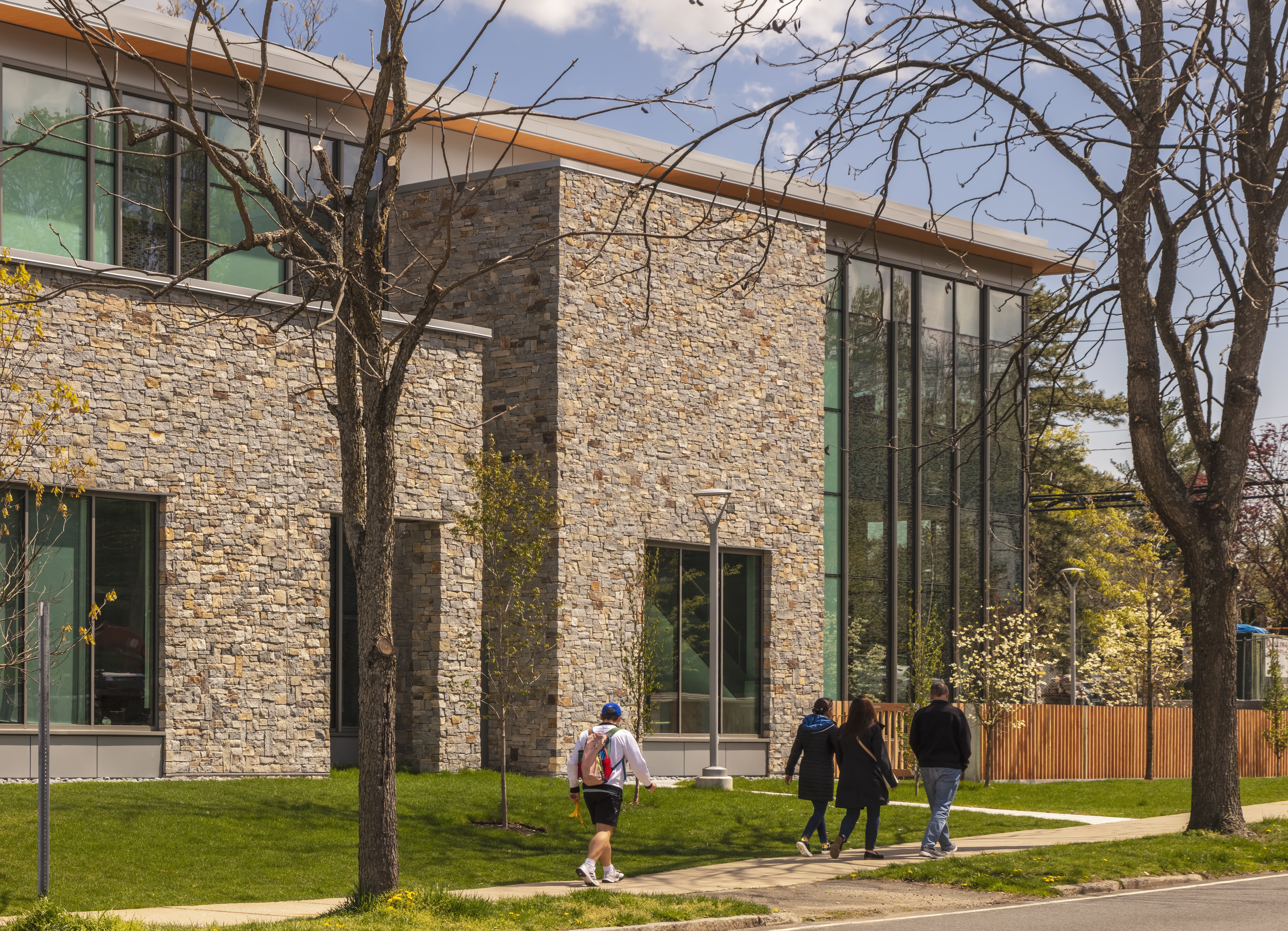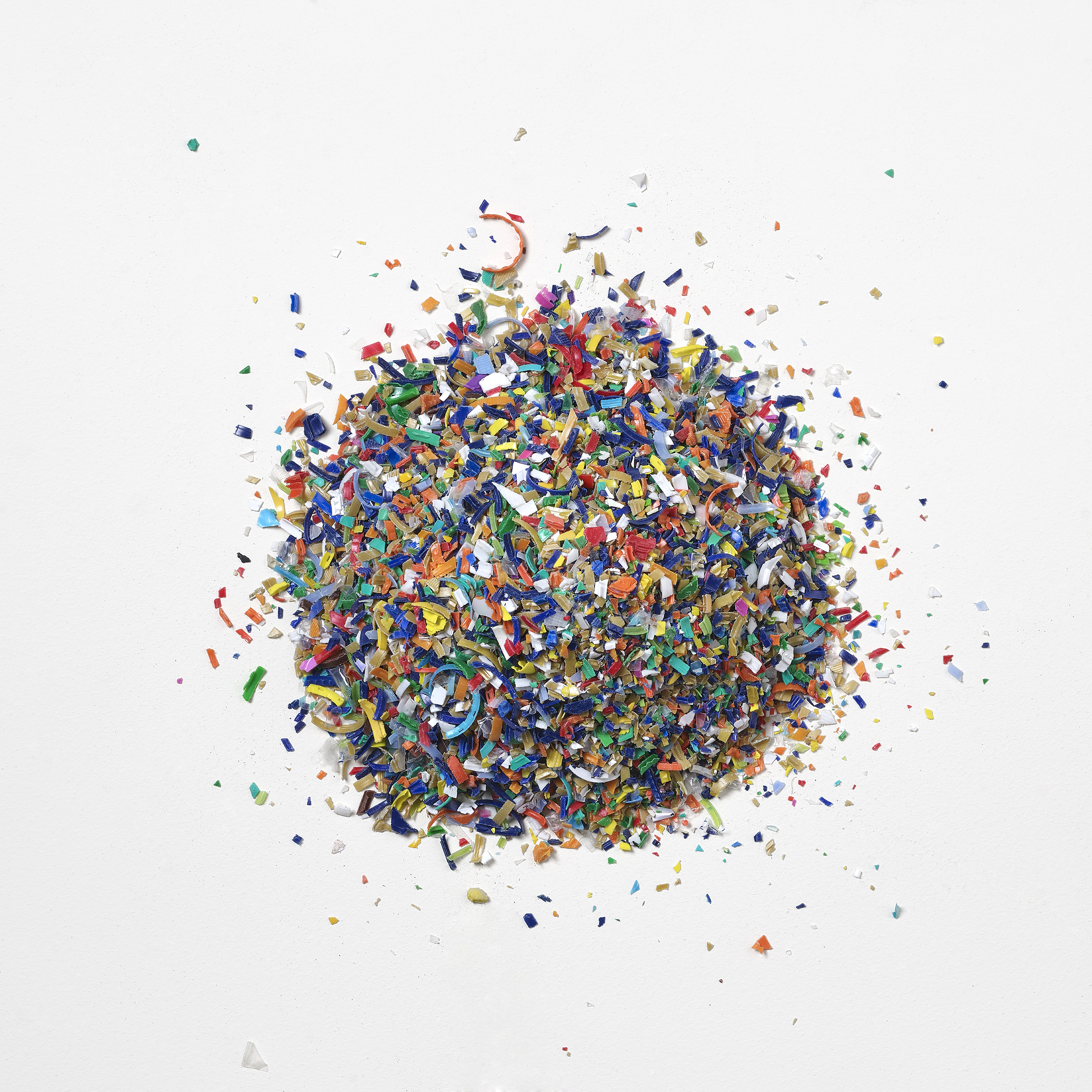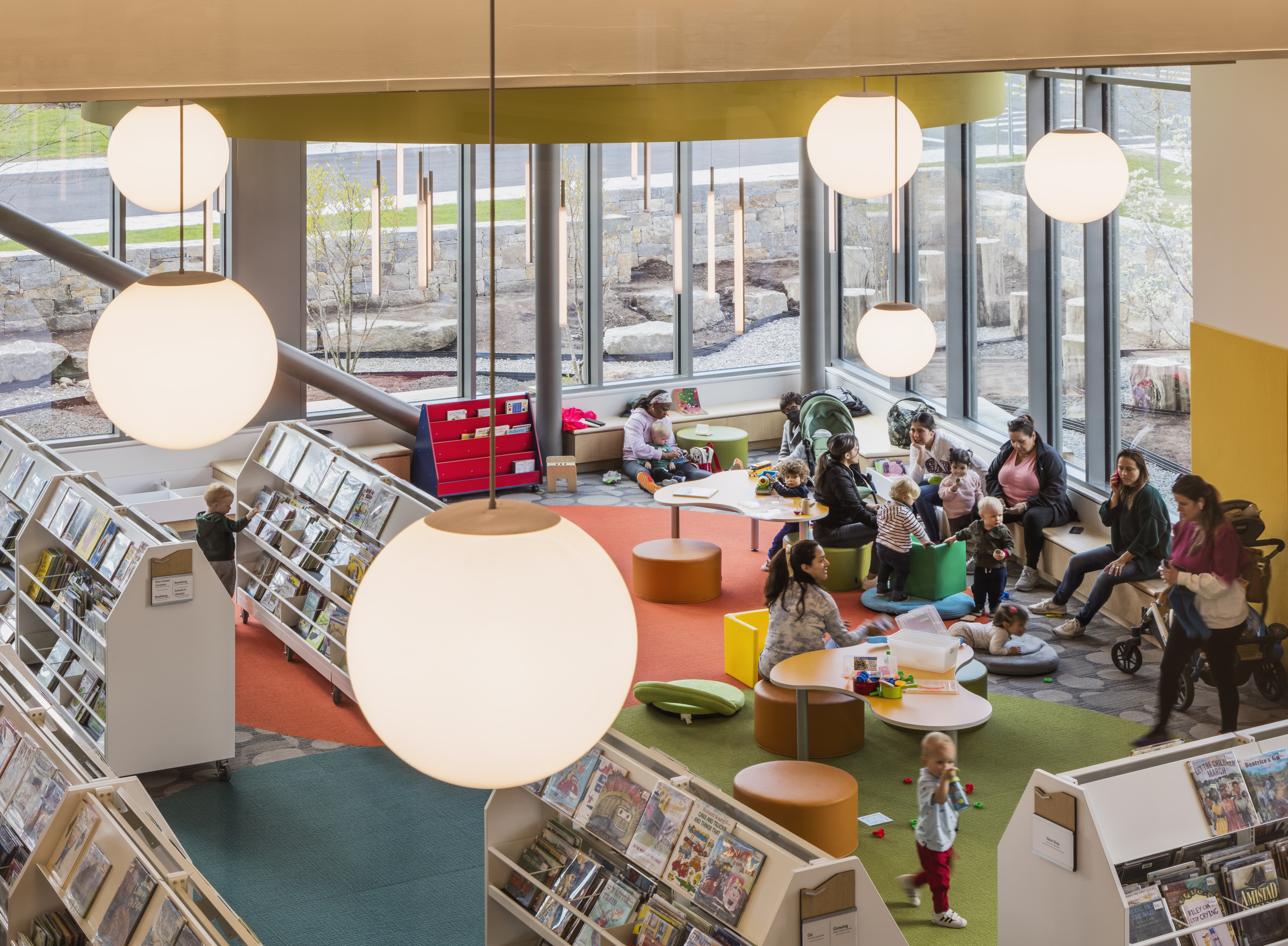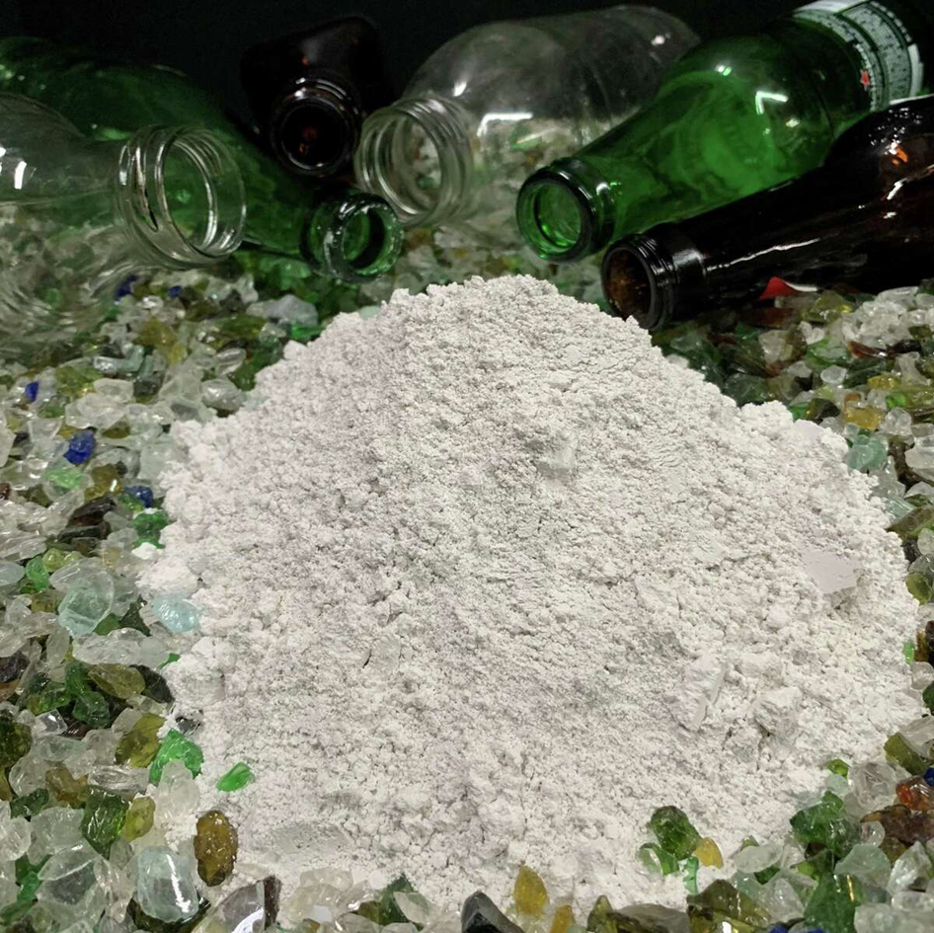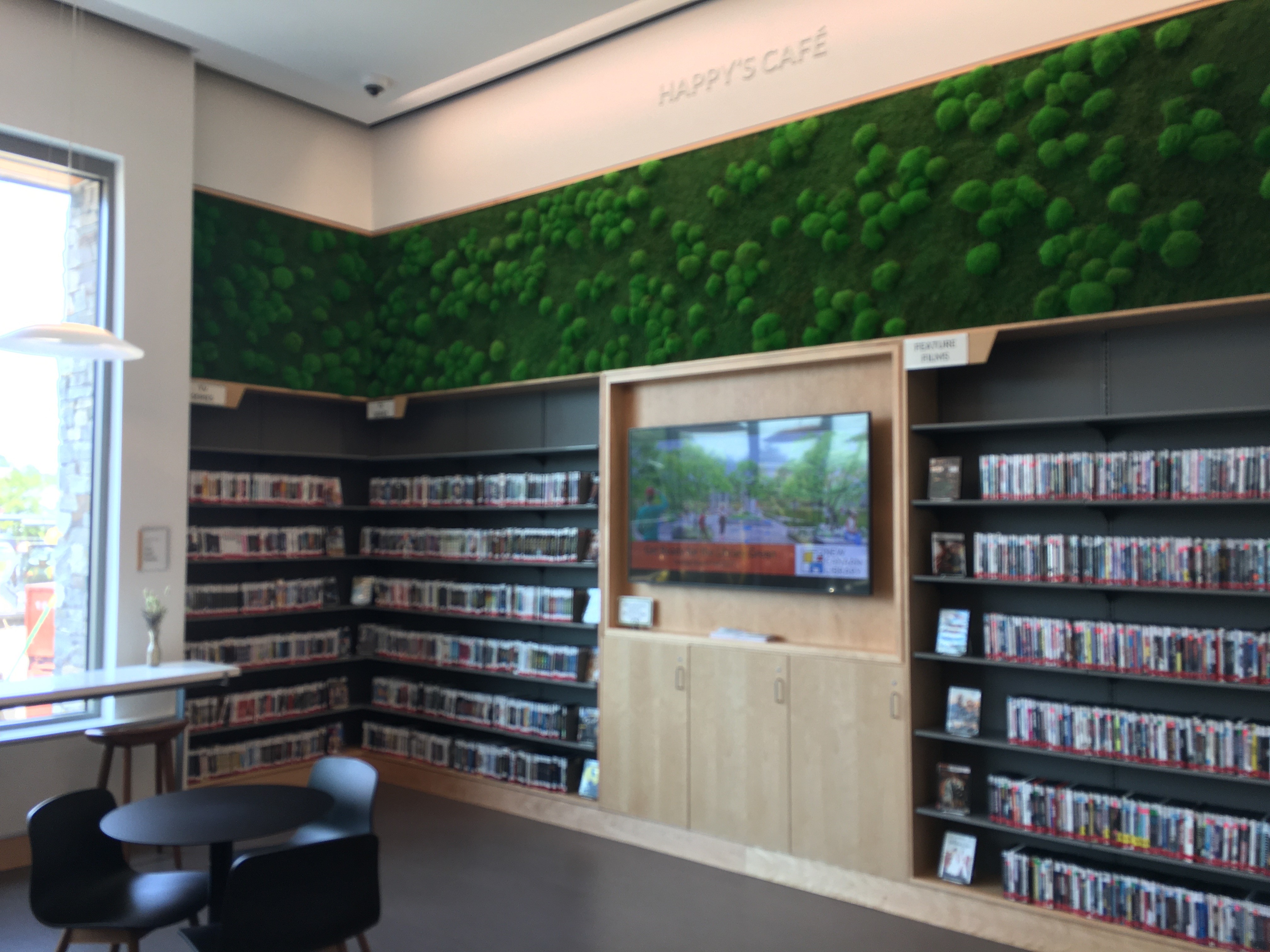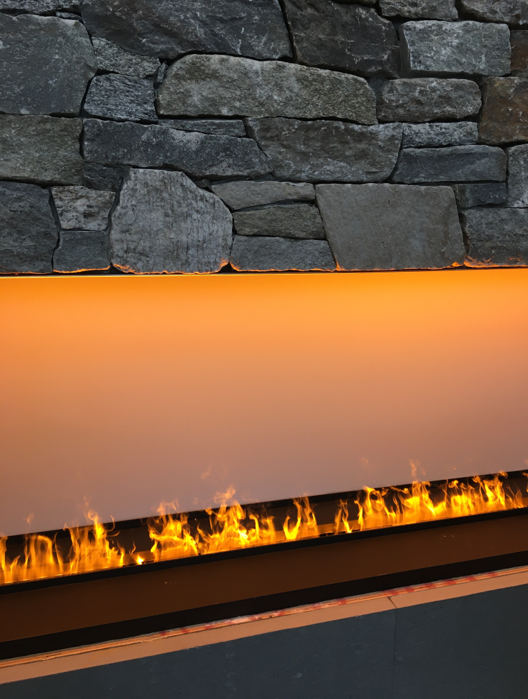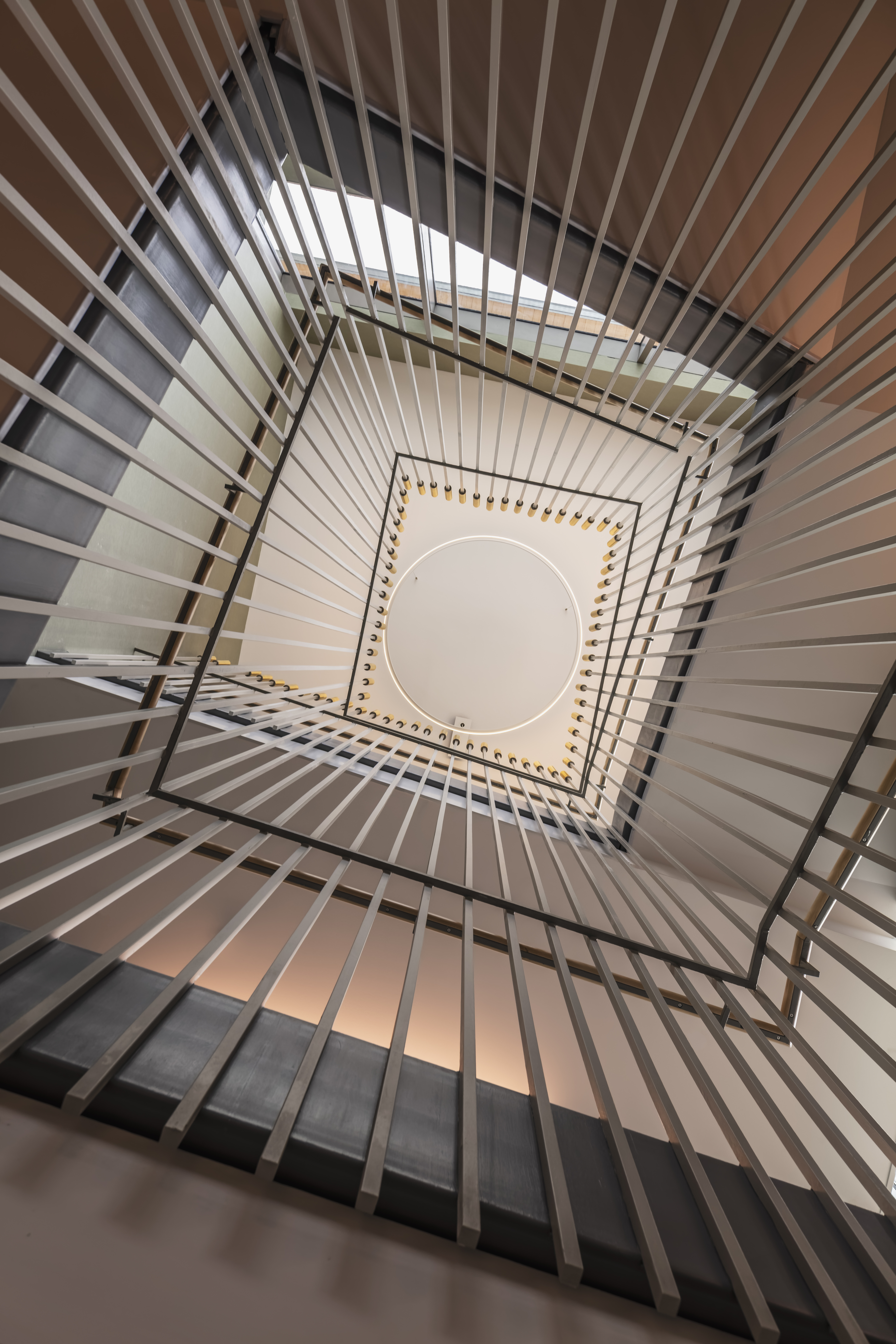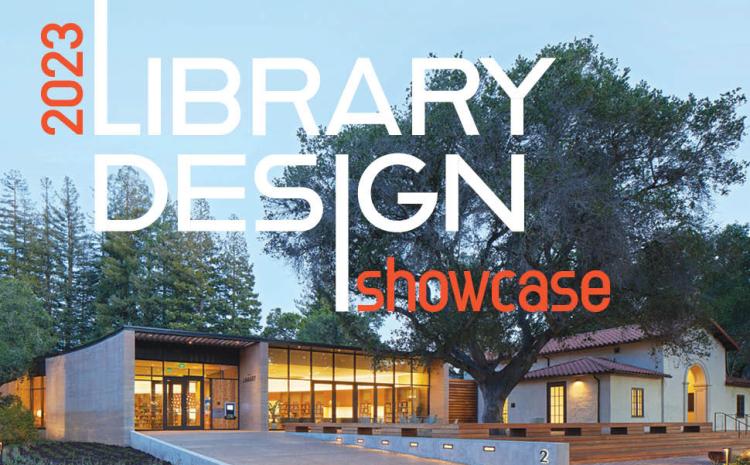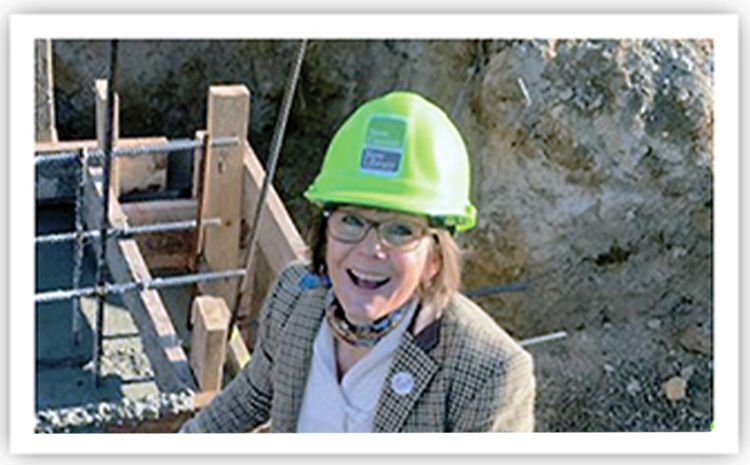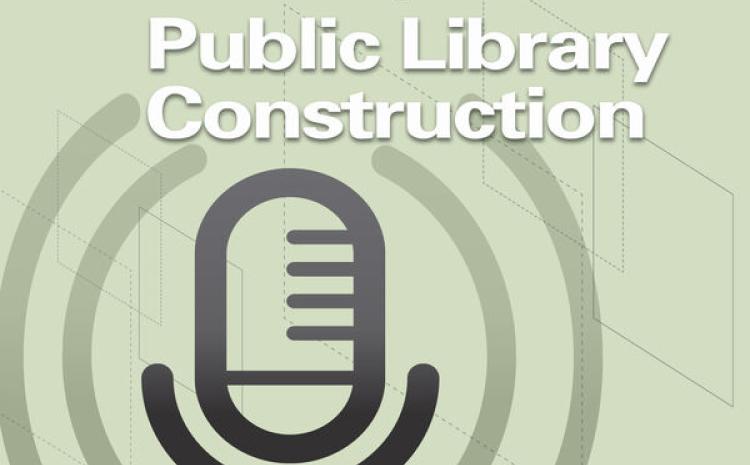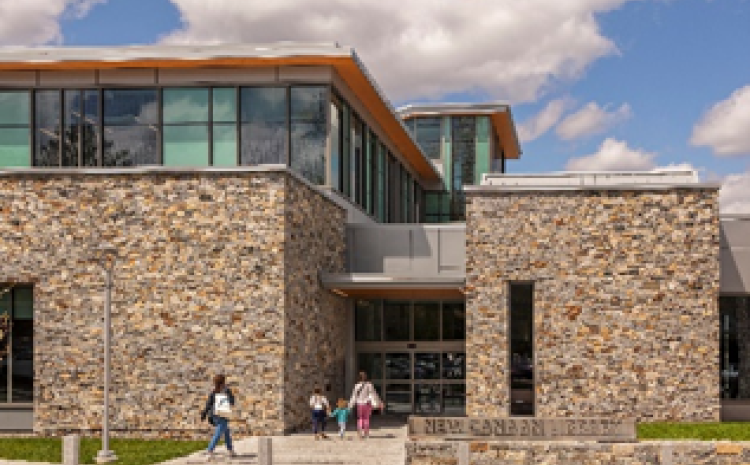Sustainability
ESG at NCL
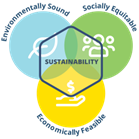
ESG (Environmental, Social, Governance) concerns are quite naturally threaded through everything we do. That’s because we define sustainability as the triple bottom line: environmentally sound, socially equitable, economically feasible. Every decision we make—from our new building to our collections, programs, and staff—is made with this in mind.
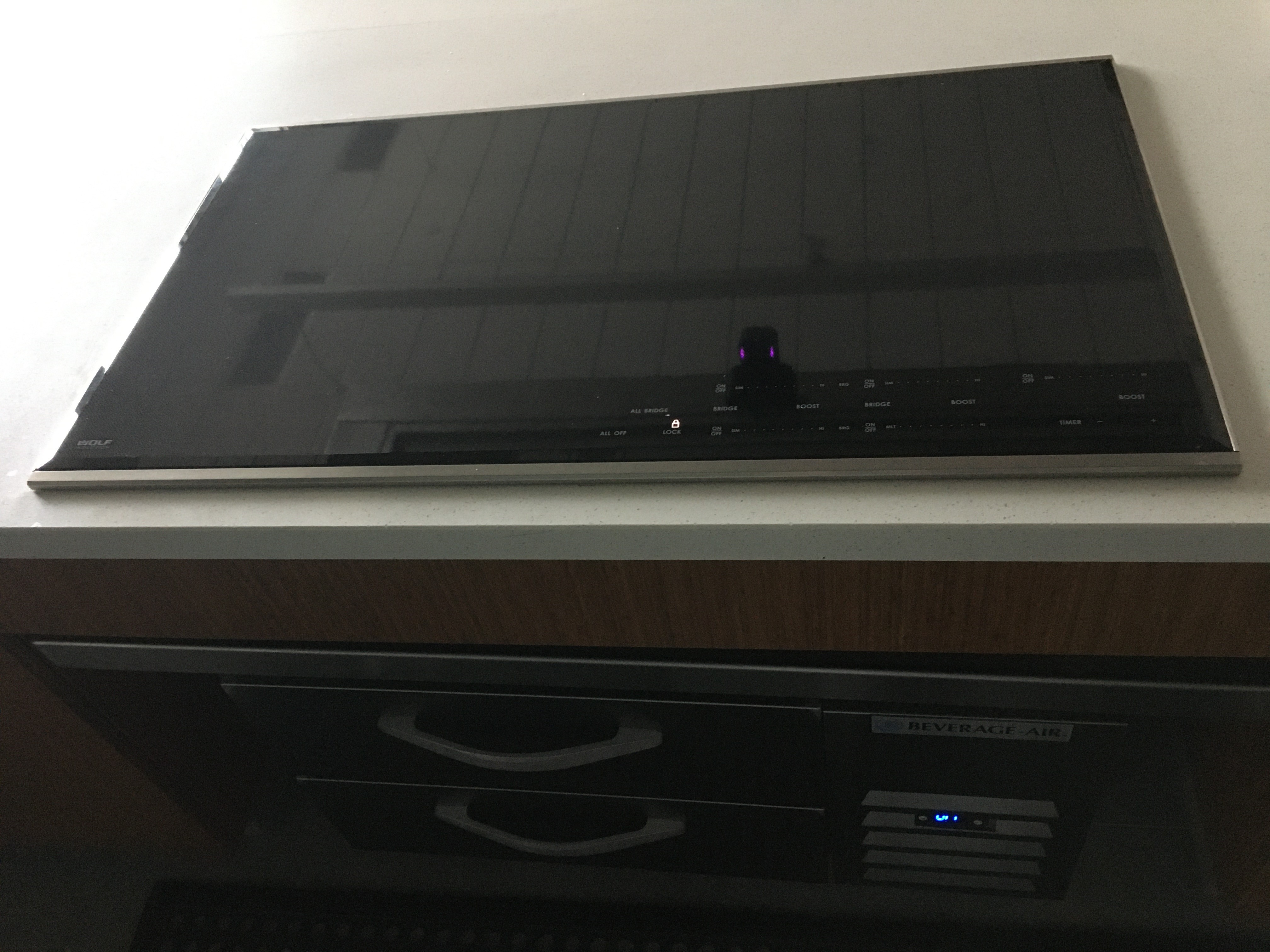
Induction Cooktop
The stovetop in our Kend Kitchen stays cold to the touch even when set to full heat. It works through electromagnetism: a coil generates a magnetic current that heats any metal container placed on it. This instant, high-precision temperature control is much more efficient and safer than a combustion-based gas stove.
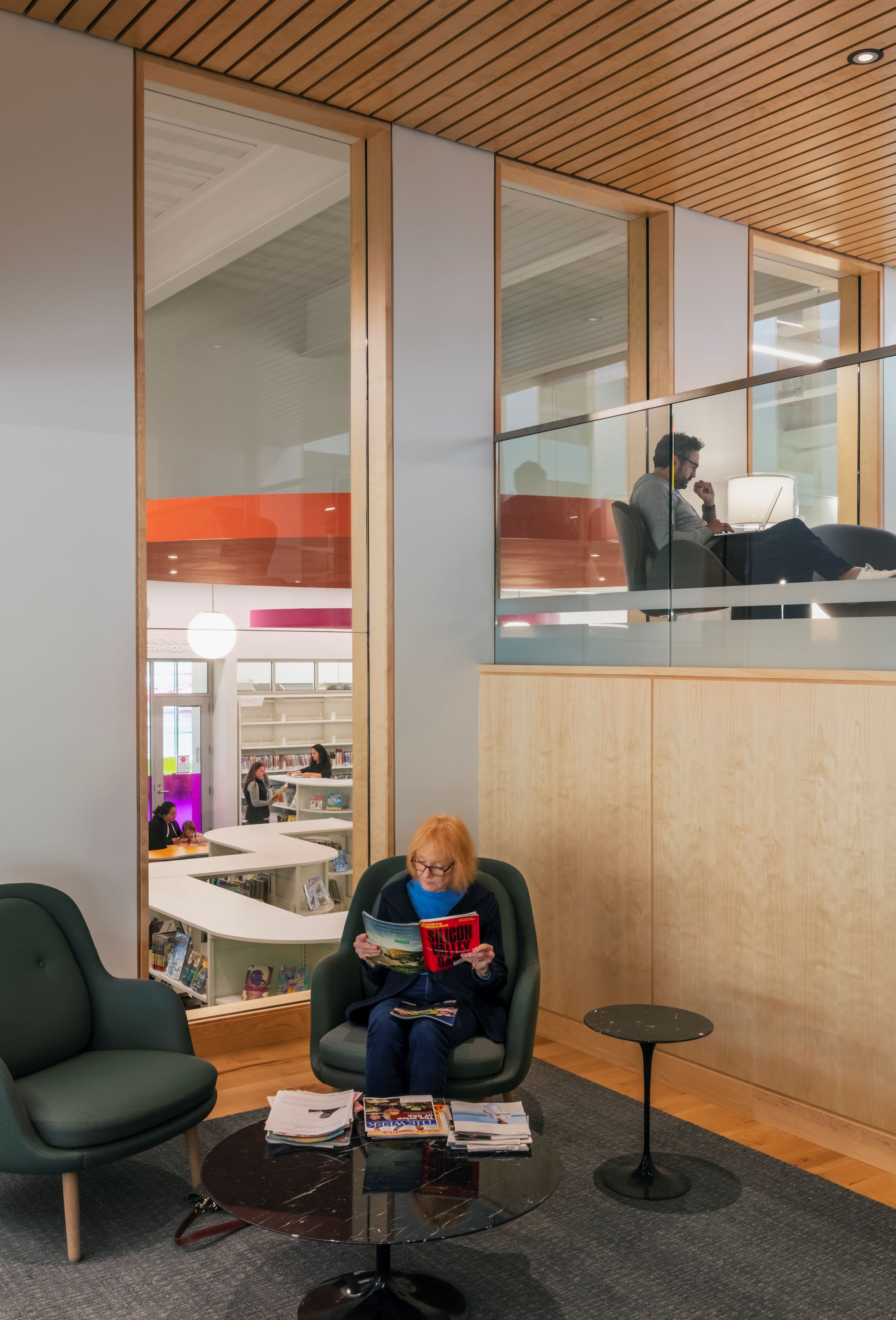
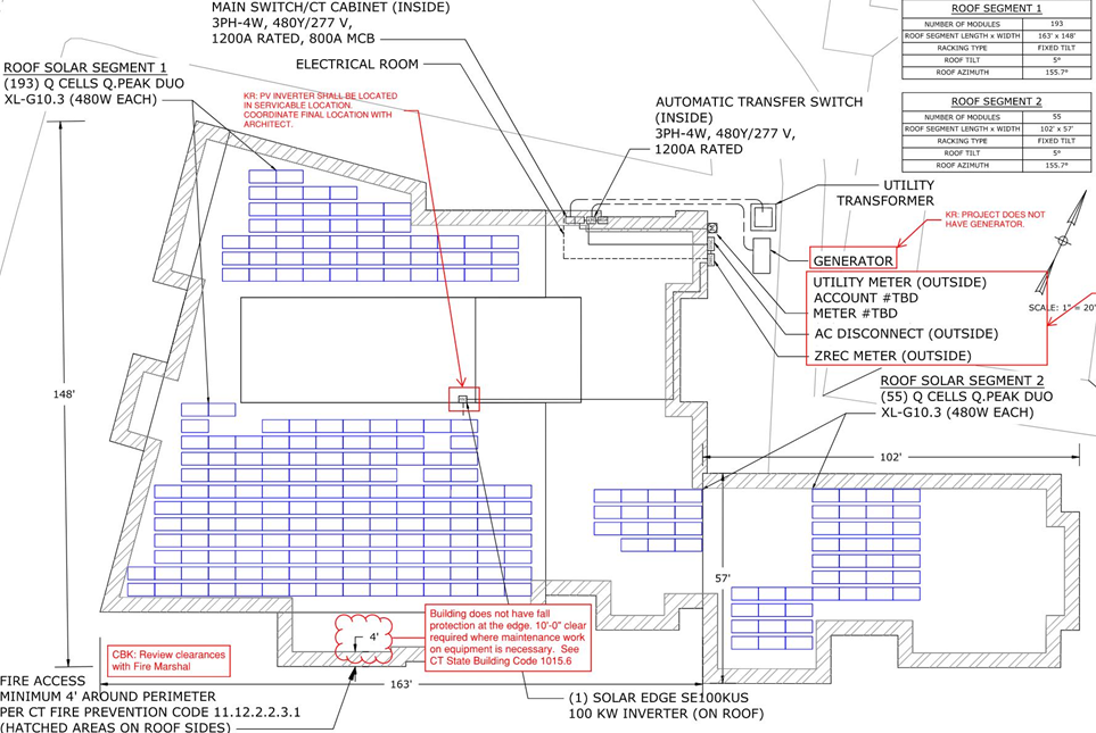
All-Electric Systems
Hidden between the skylights above the Living Room is a row of electric heat pumps that use the gas expansion-compression cycle to generate heated and cooled refrigerant, which is sent as needed to each building zone. Fresh air is supplied through a system that recovers heat and humidity for maximum energy efficiency.
